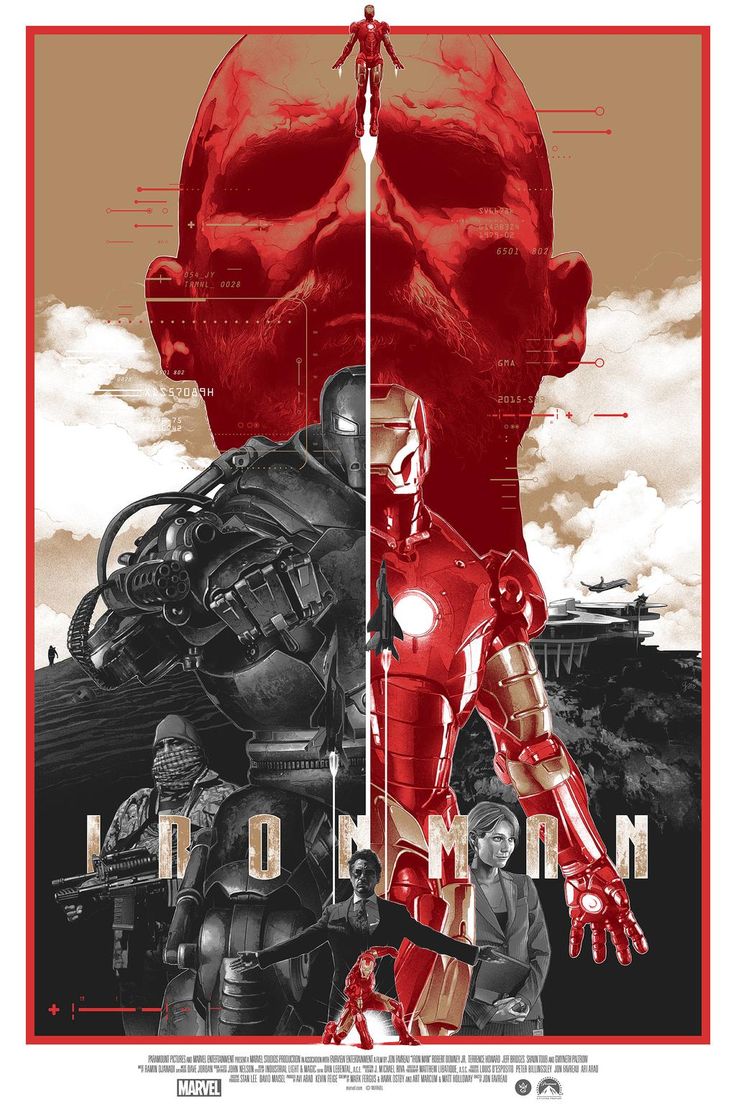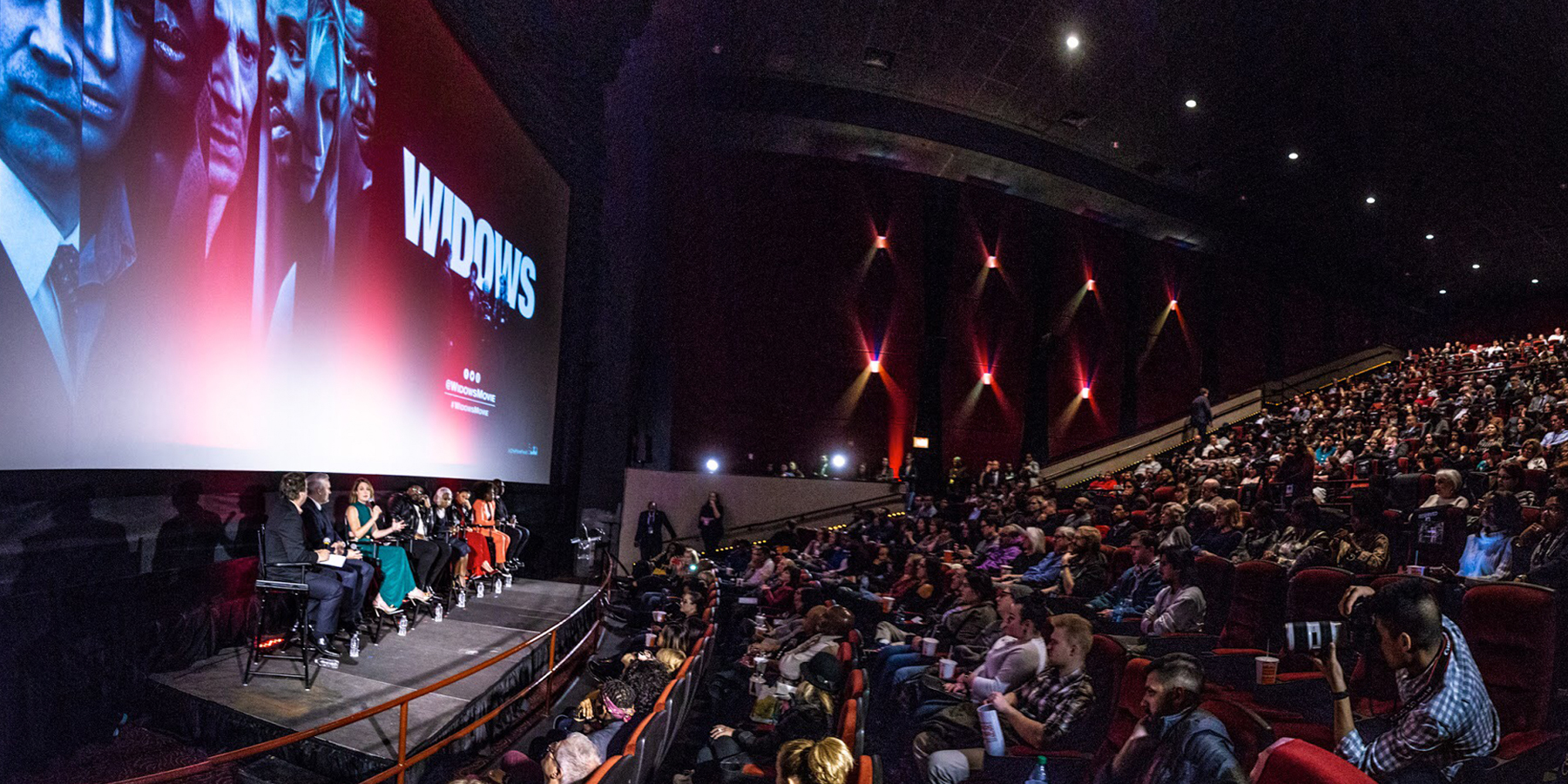Adapting Books and Other Materials to Movies: A Comprehensive Overview
Learn how to adapt books to movies in this comprehensive guide. Explore the process of bringing literature to the big screen.

The Art of Transforming Books and Other Materials into Cinematic Masterpieces
Adapting books and various source materials into movies is a complex and creative process that has captivated audiences for decades. This captivating journey involves transforming written narratives into visual and auditory experiences that engage, entertain, and sometimes even surpass the original source material. In this exploration, we will delve into the multifaceted process of adapting books and other materials into movies, shedding light on the key stages and challenges involved, and highlighting examples that have left an indelible mark on the cinematic landscape.
The Birth of an Idea
The adaptation journey typically begins with a spark of inspiration. It may be a bestselling novel, an acclaimed comic book series, a stage play, a historical event, or even a video game that captures the imagination of filmmakers, producers, or writers. This initial idea is the first step in the adaptation process, and it requires a delicate balance of artistic vision and commercial viability.
Selecting the Right Source Material
Not every book or material is suitable for adaptation. Producers and studios carefully evaluate potential source materials based on several criteria. These include the story's narrative depth, its appeal to a broad audience, and its cinematic potential. Additionally, considerations such as copyright issues, market trends, and the availability of the rights play pivotal roles in the selection process.
Screenplay Development
Once the source material is chosen, the adaptation process takes a critical turn as it transitions into screenplay development. This phase involves transforming the story from a written format into a script that can be brought to life on the screen. Skilled screenwriters must condense, restructure, and sometimes even reinvent the narrative to make it suitable for cinematic storytelling.
A critical aspect of this stage is capturing the essence of the source material while making necessary adjustments to fit the constraints of a movie's runtime. Adapting books often involves omitting subplots or characters and focusing on the central storyline. The goal is to create a screenplay that preserves the core themes and emotions of the original material.
Example: The Lord of the Rings Trilogy The adaptation of J.R.R. Tolkien's epic fantasy series, "The Lord of the Rings," stands as a testament to successful screenplay development. Director Peter Jackson and his team condensed the intricate narrative of the books into a trilogy of films that retained the essence of the story while making it accessible to a wider audience.
Casting and Characterization
Casting is a crucial step in bringing an adaptation to life. Selecting the right actors to portray the characters from the source material is vital in ensuring the film's success. Casting directors work closely with the creative team to find individuals who not only resemble the characters but can also capture their essence and emotional depth.
In some cases, actors may need to undergo physical transformations to better resemble their characters, or they may need to invest time in understanding the source material to deliver authentic performances.
Example: Harry Potter Series The casting of the Harry Potter series is often praised for its spot-on choices. The young actors, such as Daniel Radcliffe as Harry Potter, Emma Watson as Hermione Granger, and Rupert Grint as Ron Weasley, grew alongside their characters and became iconic in their respective roles, contributing significantly to the success of the film adaptations.
Pre-production and Planning
Before filming begins, extensive planning and preparation are necessary. This stage involves creating a detailed production schedule, scouting locations, designing sets and costumes, and securing the necessary permits and budgets. The goal is to ensure that everything is in place to facilitate a smooth and efficient shoot.
In the case of adaptations with significant fantasy or science fiction elements, pre-production may also involve the development of special effects and CGI (computer-generated imagery) concepts to bring the source material's unique world to life.
Example: The Marvel Cinematic Universe The success of the Marvel Cinematic Universe (MCU) can be attributed, in part, to meticulous pre-production planning. The MCU's interconnected films required careful coordination of characters, storylines, and visual effects, creating a cohesive cinematic universe that has enthralled audiences worldwide.
Production - Bringing the Vision to Life
With all preparations complete, the adaptation moves into the production phase, where the director and the cast and crew work together to shoot the film. This stage involves capturing scenes, dialogues, and action sequences that align with the screenplay. The director's vision and the cinematographer's expertise come into play, as they work to create the visual style and tone of the film.
The production phase can be physically demanding, often requiring long hours and precise coordination. Weather conditions, actor availability, and unexpected challenges can impact the shooting schedule, making adaptability and resilience essential traits for the production team.
Example: The Shawshank Redemption The filming of "The Shawshank Redemption," based on Stephen King's novella, required a harmonious blend of storytelling and cinematography. Director Frank Darabont's meticulous attention to detail, combined with the powerful performances of actors like Tim Robbins and Morgan Freeman, contributed to the film's enduring legacy.
Post-production - Shaping the Final Product
After the footage is captured, the post-production phase begins. This stage involves editing the film, adding visual and sound effects, composing the musical score, and fine-tuning every element to create a cohesive and emotionally resonant cinematic experience.
Editing is a crucial aspect of post-production, where the director and editor work closely to select the best takes, arrange scenes, and maintain the pacing of the film. Visual effects and CGI are employed to enhance the film's visual storytelling, while the musical score adds depth to the emotional narrative.
Example: The Matrix "The Matrix," directed by the Wachowskis, is renowned for its groundbreaking visual effects. The film's iconic bullet-dodging scene exemplifies the use of innovative technology to create a visually stunning and immersive experience that revolutionized the action genre.
Test Screenings and Feedback
Before the final cut is locked, many films undergo test screenings with selected audiences. This process allows filmmakers to gather feedback and make necessary adjustments to improve the film's overall impact. Test screenings help identify pacing issues, scenes that may need clarification, and audience reactions to key moments.
Feedback from test screenings can lead to additional filming, reshoots, or changes in editing to ensure that the adaptation resonates with its target audience.
Example: Titanic James Cameron's "Titanic" underwent test screenings to gauge audience reactions. The feedback led to adjustments in the film's pacing, with some scenes being trimmed to maintain the audience's engagement while retaining the epic love story at its core. These changes contributed to the film's immense success.
Marketing and Distribution
Once the film is complete and refined, it's time to market and distribute it to theaters. This stage involves creating promotional materials, trailers, and posters to generate excitement and anticipation among potential viewers. Distributors play a crucial role in ensuring that the film reaches a wide audience through strategic release plans.
Marketing campaigns can heavily influence a film's success, and they often involve partnerships with brands, merchandise sales, and media appearances by the cast and crew.
Example: Star Wars Franchise The marketing and distribution of the Star Wars franchise, created by George Lucas, have set industry standards. From action figures to themed merchandise, Star Wars has built a vast cultural phenomenon around its films, making it a prime example of how marketing can enhance a film's impact.
The culmination of the adaptation process is the film's release to the public. The success of an adaptation is often measured by its critical acclaim, box office performance, and audience reception.
What's Your Reaction?
















